With demand for all-electric vehicles failing to meet expected levels of growth over the past few years, automakers have dialed back investments and plans, in general, in a big way. As for Ford, it’s now focusing more on hybrids while also continuing to develop new, smaller, and lower-cost EVs. However, one of the more intriguing alternatives pertains to the fairly new idea of extended-range electric vehicles (EREV), which combine large battery packs with gas generators. In fact, Ford CEO Jim Farley believes that such options are superior to EVs in a certain price range.
“We are moving from being the dominant player in truck and hybrids in the U.S. to offering EREVS, PHEVS, and a full range of hybrids across our lineup, especially our bigger vehicles,” Farley said during the automaker’s Q2 2025 earnings call with investors. “We think that’s a much better move than a $60,000 to $70,000 all electric crossover. We think that that’s really what customers are going to want long term. And we’re investing a lot in more durable ICE powertrains.”
This isn’t the first time Farley has touched on the subject of EREVs in recent history, previously stating that those types of powertrains will ultimately wind up in “larger family haulers that take long trips” and “will be more frequently occurred through partial electric options,” as Farley said during Ford’s Q4 2024 earnings call with investors. “Yes, PHEV, but especially hybrid and EREVs that on one tank of gas can get over 700 miles of range but still drive most miles all electric.”
That list could include EREV powertrain options for the Ford Explorer and the Ford Super Duty, along with a line of unnamed crossovers and SUVs. However, those same vehicles are likely at least two years away from becoming a reality – with the automaker targeting 2027 – as Ford Authority reported back in February.

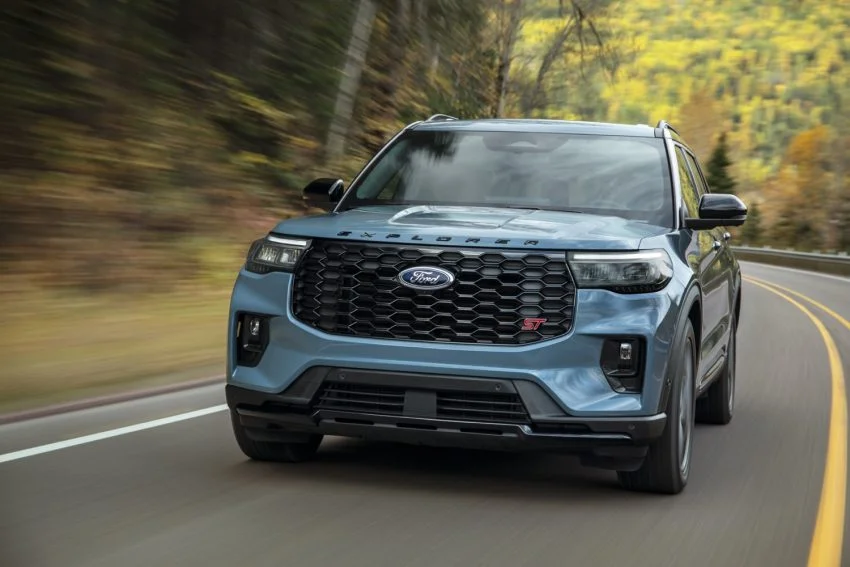
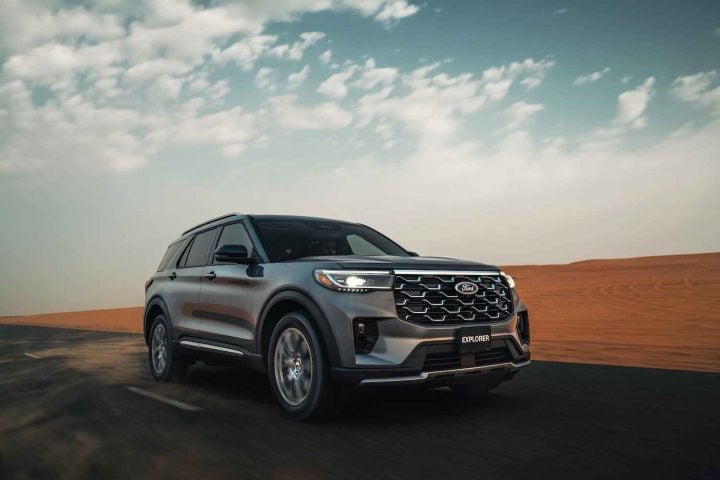
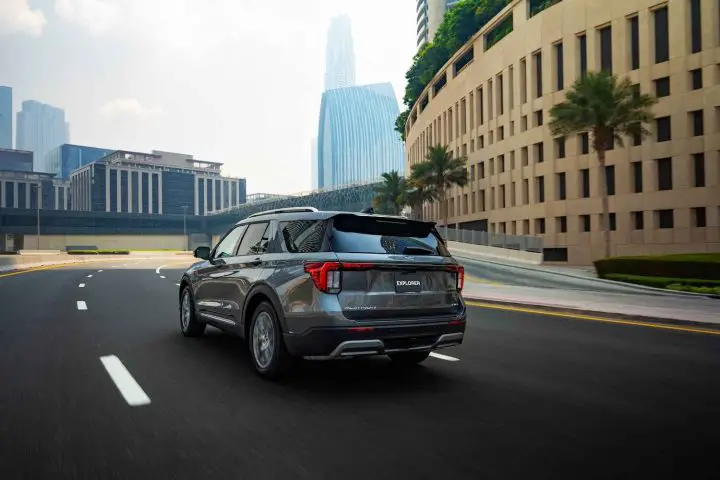
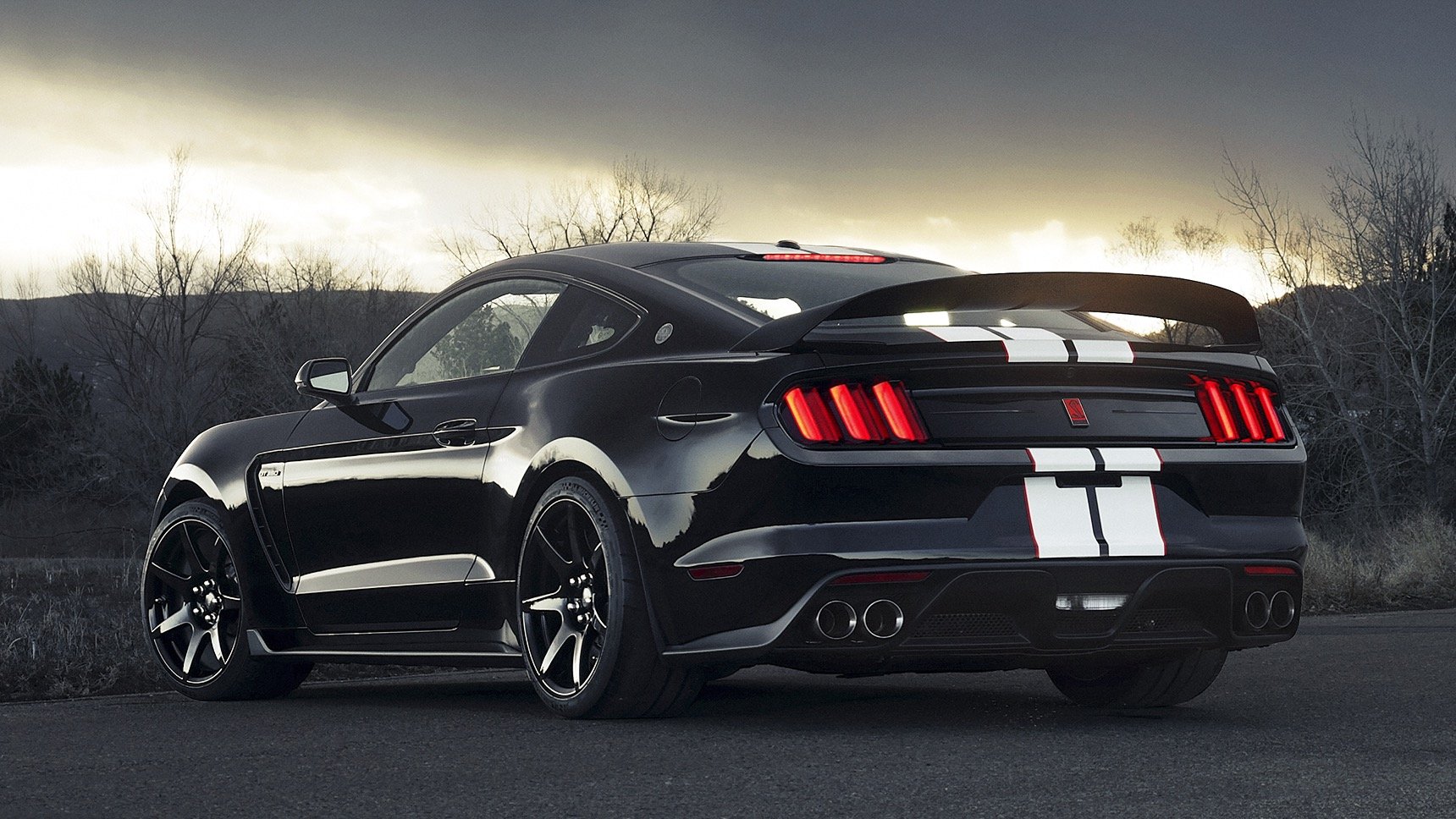
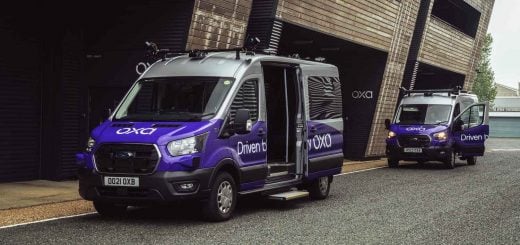
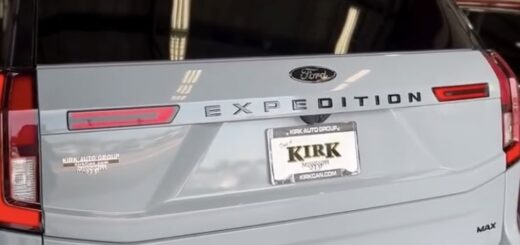

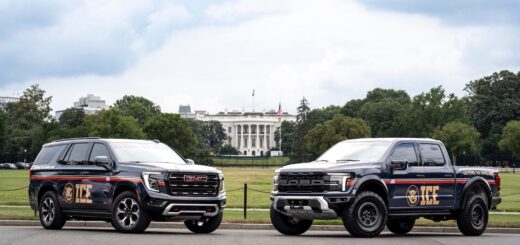
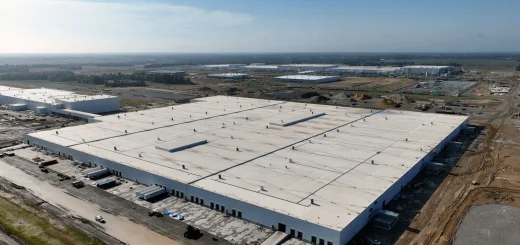
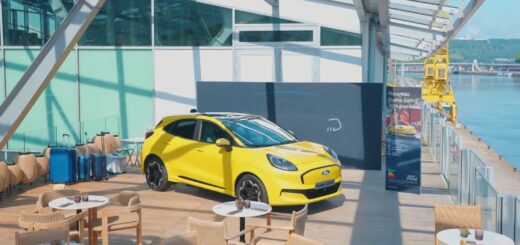
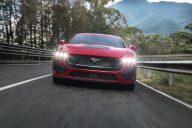

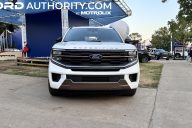

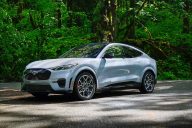
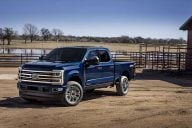
Comment
By the time Ford gets around to these, the trendy thing will be something else.